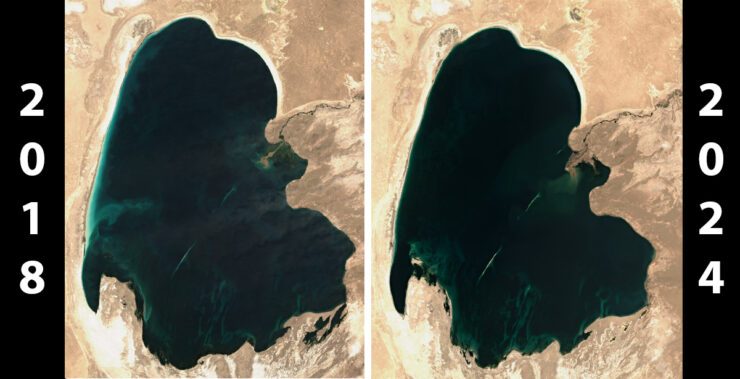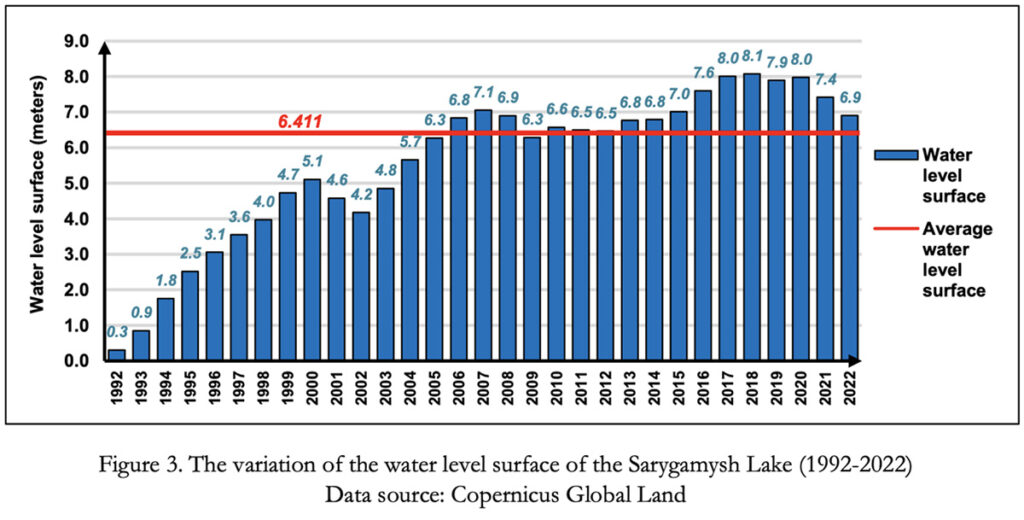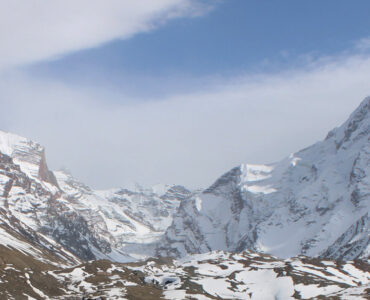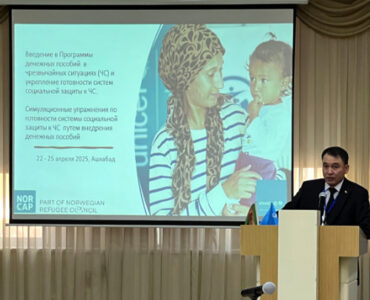MeteoJurnal points at the shrinking size of the Sarygamysh Lake providing reasons and future consequences that may follow if the shrinkage continues.
Sarygamysh Lake, located in northern Turkmenistan, has been shrinking due to reduced water inflow from the Amu Darya River. Comparing satellite images from July 2018 and July 2024 reveals a 170 km² (4.14%) decrease in the lake’s surface area, from 4,110 km² to 3,940 km². The water level has dropped significantly over the past two years.
The lake’s water level has historically fluctuated due to changes in collector-drainage water inflow from Amu Darya. In the past, the lake has completely disappeared due to the blocking of Amu Darya water inflow. The modern lake began forming in the early 1960s, when new land development increased collector-drainage water inflow. The lake’s surface area has been increasing since then, reaching 1,500 km² in 1977 and 3,200 km² in 1985.
Causes of Lake Shrinkage
The main causes of the lake’s shrinkage over the past six years:
- Severe drought from 2021 to 2023;
- Low water levels in the Amu Darya from 2021 to 2023;
- Increasing water resource deficit in the lower Amu Darya over the past decades;
- Anomalously high temperatures leading to increased evaporation.
Consequences and Future Prospects
The lake’s shrinkage is expected to continue in the short and medium term due to the anticipated increase in water deficit in the Amu Darya. Further desiccation of the lake may lead to:
- Disruption of the lake’s biological balance, which requires an inflow of at least 3 km³ of water per year to maintain;
- Increased water mineralization;
- Reduced fish resources;
- Salinization of the shoreline;
- Negative impacts on the surrounding ecosystem.
While the 4.14% decrease in lake surface area is not yet critical, it is an important indicator of a long-term negative trend that is already affecting the lake’s ecosystem.
Donate to support Turkmen analysts, researchers and writers to produce factual, constructive and progressive content in their efforts to educate the public of Turkmenistan.
SUPPORT OUR WORKOther academic research
A study by Costache (2023) from the University of Bucharest used satellite imagery to track the lake’s size over time (see figure below). As mentioned earlier, the modern lake started forming in the 1960s and its size has been growing ever since. The recent decline can also be seen after 2020. However, the author of this research linearly extrapolates the historic growth of the lake and suggest that the lake will be much larger in the future, without considering external forces, such as the effects of global warming, declining inflow of Amu Darya and the impending threat of even lower inflow after the completion of the diverting canal in Afghanistan.
Source: COSTACHE, M. Ș. (2023). The spatial dynamics of
Sarygamysh Lake using remote sensing and GIS techniques.
Cinq Continents, 13(27).
Another study by Liu et al. (2019) looked at 14 lakes all over Central Asia and found that the plain lakes (lakes that are not on mountains) have been declining all over Central Asia, possibly attributable to climate change and human activities.
From Progres Expert
One possible factor contributing to the recent decline in the area of Sarygamysh Lake is the diversion of some of its water to Altyn Asyr Lake. The water flowing into Sarygamysh Lake comes from drainage systems that collect water from agricultural lands which also brings pesticides, herbicides, and other minerals into the lake, increasing its mineralization and salinization. A significant portion of this water, carried by the “Dostlyk” collector, was redirected to Altyn Asyr Lake, although the exact date of this diversion is unclear. The primary purpose of creating Altyn Asyr Lake was to collect seepage water and reduce the discharge of water into the desert, thereby minimizing land salinization.
However, the declining trend of Sarygamysh Lake’s water level requires close monitoring to prevent a natural disaster similar to the one that occurred in the Aral Sea. Like the Aral Sea, Sarygamysh Lake is rich in minerals, and if it were to dry out, it could lead to devastating salt storms.







